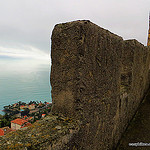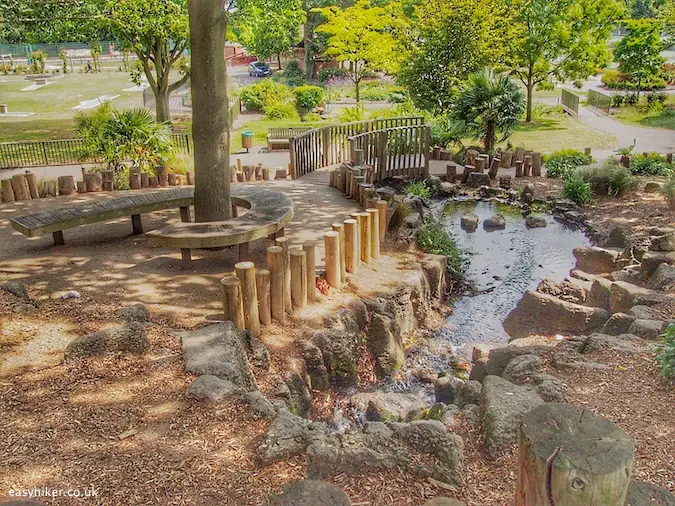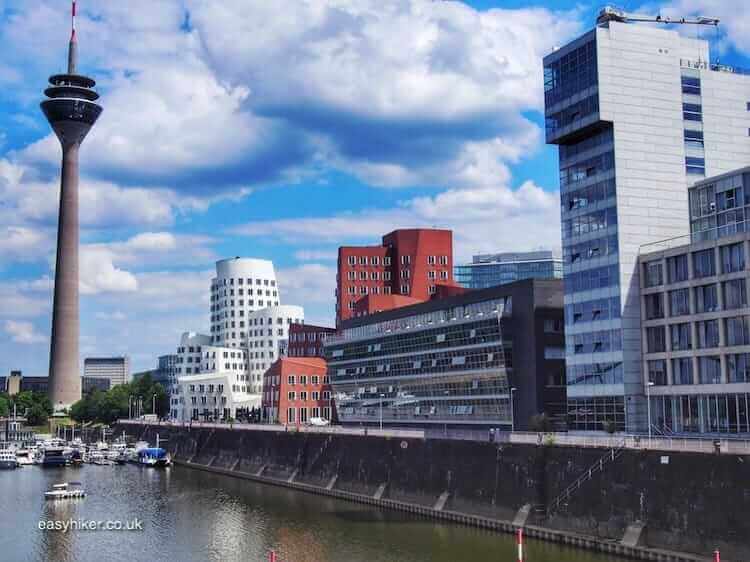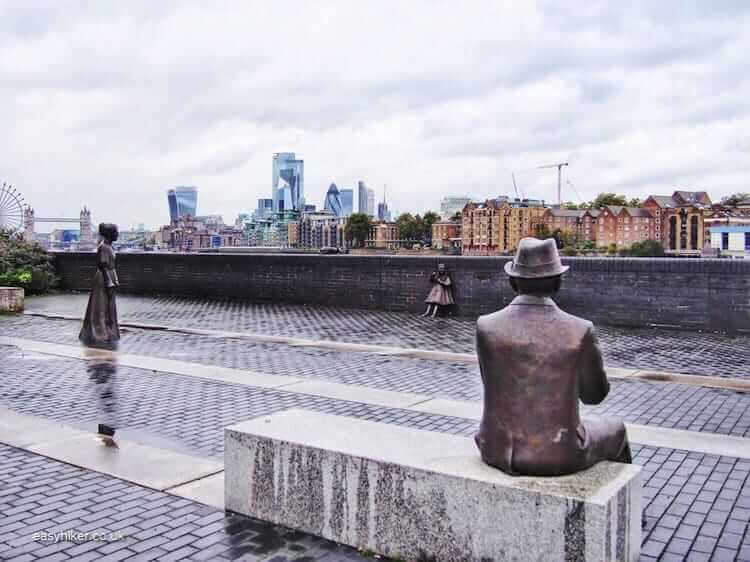Agropoli is the perfect day trip from Naples. This small and picturesque town, located at the southern tip of the Gulf of Salerno, is only one hour away by train from Naples and will provide you with a much needed balm for your nerves and soul after a few days in Europe’s most anarchic city.
Or, to put it in the words of Saint Francis of Assisi: Where there was noise, may we bring serenity, …

… where there was a crowd, may we bring blessed solitude, …

… and where there was aggravation, may we bring peace.
See Agropoli – and Live!

Two areas in particular invite you to explore them on foot. As it happens, they also contrast each other in interesting ways, allowing you to experience two different sides of the town.
To see Agropoli, start your walk in the Centro Storico, climbing the sweeping scalino stairway that leads up from the modern town centre to pass through the 16th century Porta Bizantina.

The historic town centre is the showcase of Agropoli, its “front parlour” where no effort is spared to keep everything pretty and in good nick for the large number of visitors.

Many of the streets here are lined with bars and restaurants. But while the area directly behind the Porta Bizantina is firmly in the hands of the tourists, elsewhere you will also find small lanes where you are pretty much on your own as well as calm places to rest such as the Piazzetta Luisa Sanfelice, which has been named after the town’s most famous former resident.

Luisa Sanfelice married into the aristocratic Laureana clan, which ruled the area under the reign of the Bourbon kings but then got involved in the revolutionary struggles of the late 18th century and became the tragic heroine of the short-lived Neapolitan Republic when she was beheaded shortly after the restoration of the monarchy on the orders of a vengeful king.
The opera Tosca is loosely based on the story of her life as is a novel by Alexandre Dumas, and Paolo & Vittorio Taviani made a biopic about her in 2003.

Enjoy the view from the piazzetta which bears the tragic woman’s name …

… before continuing all the way up to the castle, which was built by the Byzantines in the 6th century as a stronghold against the various barbarian warlords that were invading Italy following the collapse of the Roman Empire.

While the rock on which the castle is sitting has been permanently populated since (at least) the Bronze Age, the history of the town of Agropoli – the Greek word for “high city” – starts right here.
For most of your walk to see Agropoli through the Centro Storico, your view of the sea will be blocked by the buildings in the narrow streets around you, and you will not be able to fully appreciate the citadel-like character of the old town.
For this, you will have to walk all the way down again to the port and continue to the end of the C-shaped pier which is where you will get the best views.

But there is more to see in and around the port, and a brief exploration of this quarter, will help you to develop a better understanding of how the modern town actually functions.
Much of the local economy is based on the tourist trade: foreigners travel here for the scenery and the atmospheric feel of the old buildings, Italians come for the beaches in the north of the promontory.
But the port shows that there is another side of Agropoli which is not merely for show and that there are still people here who earn their living in harder and more traditional ways.

Also note that the two stretches of coast on either side of the promontory have a history of their own which partly predates that of the high city.
In antiquity, the San Marco seafront – lined today by Agropoli’s tourist beaches – was used as a landing site for the maritime traffic in and out of the major Roman city of Paestum whose own harbour had become blocked with silt.
Later, at the end of the Middle Ages, the coast in the south of Salerno was the frontline of the war against the Barbary pirates who operated under the protection of the powerful Ottoman Empire and were making everyday life across the Mediterranean unsafe for centuries. The watchtowers all along the coast still bear witness to this turbulent period in the town’s history.

As you see, there is enough to do to keep you busy for a day, particularly if you do not rush. See Naples and die, the German poet Goethe said, but see Agropoli and live – like an Italian: take your time to enjoy everything on offer, the views as well as a good lunch.
Perhaps even both at the same time? Because Agropoli has places for that, too.







